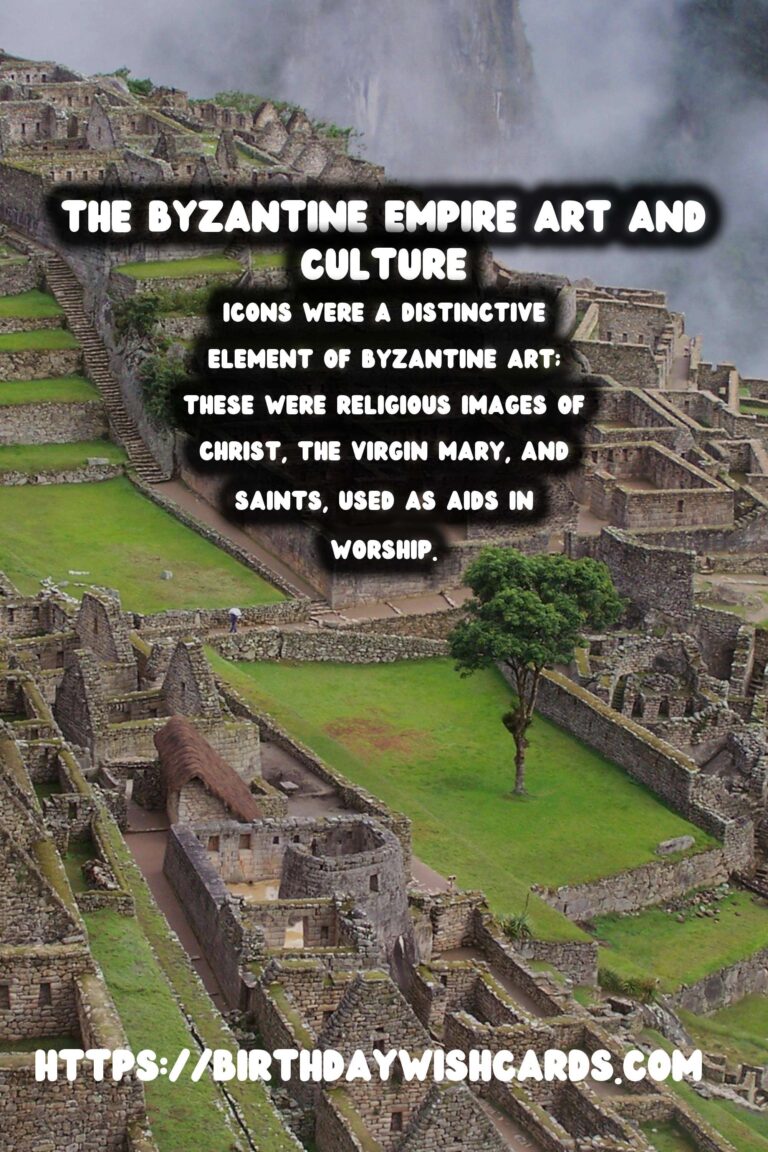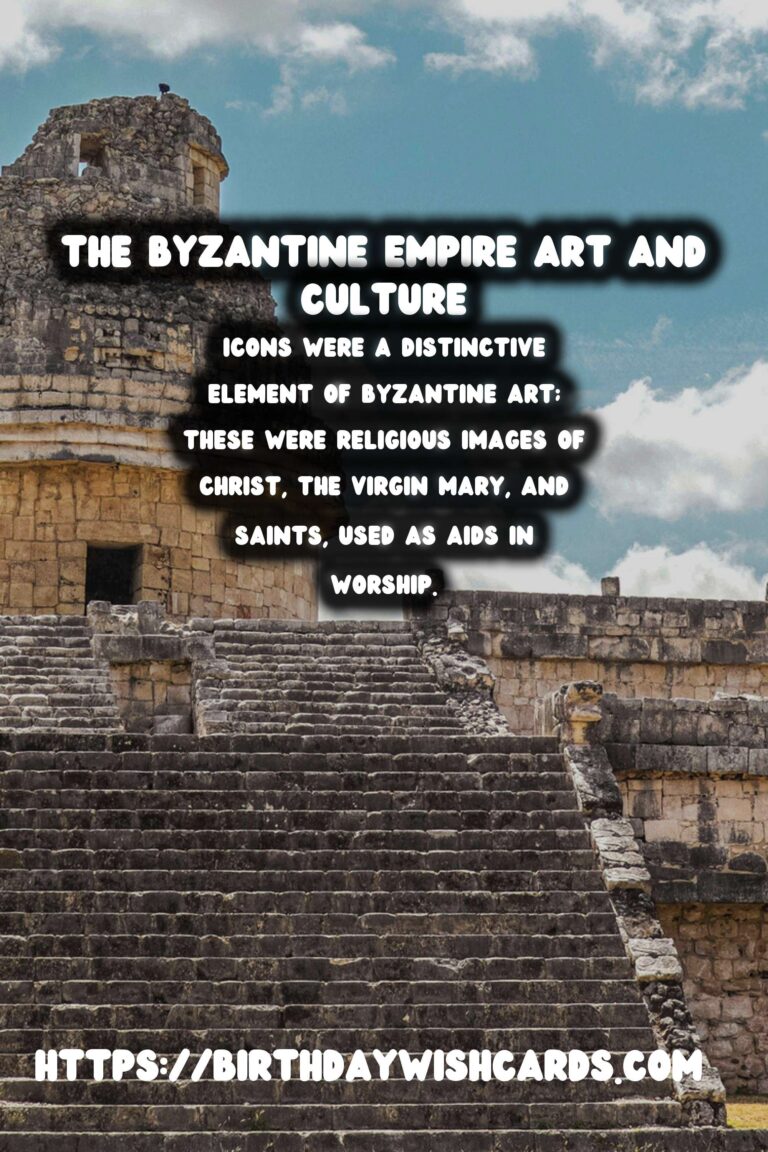
The Byzantine Empire, often considered the continuation of the Roman Empire, was renowned not only for its rich culture and influential political history but also for its remarkable contributions to art and architecture. Extending from 330 AD until the fall of Constantinople in 1453, the Byzantine Empire’s artistic legacy remains significant in today’s art history.
Introduction to Byzantine Art
Byzantine art is a fusion of classical Greco-Roman and Eastern artistic traditions. It primarily served religious purposes and was deeply intertwined with the Orthodox Christian Church. The use of vibrant colors, religious iconography, and intricate mosaics defined the aesthetic principles of Byzantine art.
Iconography in Byzantine Art
Icons were a distinctive element of Byzantine art. These were religious images of Christ, the Virgin Mary, and saints, used as aids in worship. Crafted with meticulous detail using egg tempera on wooden panels, these icons were not merely decorative; they were perceived as a medium that connected the faithful to the divine realm.
The impact of icons cannot be understated, given their theological and cultural significance. They played a crucial role in liturgical ceremonies and the everyday lives of Byzantines.
Mosaic and Fresco Art
Mosaics and frescoes are among the most impressive contributions of Byzantine art. Utilizing tiny pieces of glass, stone, and other materials, artists created intricate designs that adorned the interiors of churches and public buildings. These mosaics often depicted biblical narratives, saints, and emperors, illustrating both religious and imperial themes.
Noteworthy examples include the mosaics found in Hagia Sophia, Ravenna’s Basilica of San Vitale, and the Chora Church. These masterpieces not only display exceptional artistry but also express the theological views and iconographic traditions of the time.
Byzantine Architecture
Byzantine architecture is distinguished by its innovative use of domes and vaults, which were engineering marvels at the time. The Hagia Sophia, commissioned by Emperor Justinian I, is a quintessential example. Its vast dome seemed to float mystically above the nave, creating a heavenly atmosphere that encapsulated the Byzantine ethos.
Byzantine builders also perfected the use of pendentives, allowing round domes to sit on rectangular bases. This architectural innovation permitted expansive interiors that were flooded with light, enhancing the spiritual experience of worshippers.
The Influence of Byzantine Art and Architecture
The influence of Byzantine art and architecture extended far beyond its borders, affecting both East and West. It laid the foundations for the Eastern Orthodox architectural style that persists today, influencing regions such as Greece, Russia, and Eastern Europe.
Moreover, the Renaissance period saw Western Europe revisiting ancient Greek and Roman cultures, indirectly reigniting interest in Byzantine elements, as seen in the works of Italian artists who incorporated similar themes and techniques.
Legacy of the Byzantine Empire
The Byzantine Empire’s artistic legacy is a testament to its cultural richness and its pivotal role in shaping the artistic directions of both Christian and Islamic worlds. The timeless beauty and spiritual power of Byzantine art continue to captivate scholars and art lovers alike.
Today, the preserved mosaics, icons, and structurally sound edifices offer a glimpse into a civilization that, despite its fall, left behind an indelible mark on the world’s cultural landscape.
Conclusion
The Byzantine Empire holds a prestigious place in history, particularly for its art and architectural genius. From the iconic Hagia Sophia to the spiritual icons that embody the faith of millions, the Byzantine legacy endures as a profound chapter in human history.
The Byzantine Empire, often considered the continuation of the Roman Empire, was renowned not only for its rich culture and influential political history but also for its remarkable contributions to art and architecture. Icons were a distinctive element of Byzantine art; these were religious images of Christ, the Virgin Mary, and saints, used as aids in worship.
#ByzantineArt #ArchitecturalLegacy

